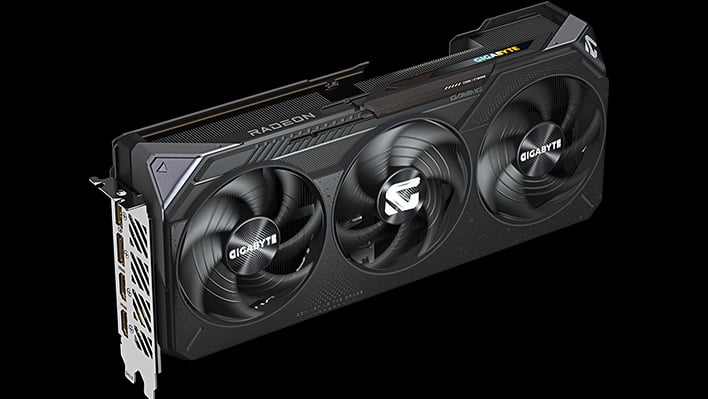 To further break down the point, NVIDIA’s GPUs released thus far are the higher-end products that include the GeForce RTX 5090 with its $1,999+ price tag. Even the GeForce RTX 5070 Ti is at an MSRP of $749, with likely street prices above that. This means that the $549 and $599 Radeon RX 9000 series products naturally should have a higher inventory level since they are aimed at the mainstream market. This is the segment that gobbles up the most GPUs in the consumer space (versus the ultra high-end).
To further break down the point, NVIDIA’s GPUs released thus far are the higher-end products that include the GeForce RTX 5090 with its $1,999+ price tag. Even the GeForce RTX 5070 Ti is at an MSRP of $749, with likely street prices above that. This means that the $549 and $599 Radeon RX 9000 series products naturally should have a higher inventory level since they are aimed at the mainstream market. This is the segment that gobbles up the most GPUs in the consumer space (versus the ultra high-end).
NVIDIA’s first response that falls within this range will be the GeForce RTX 5070, which we currently do not know how its inventory levels will be at launch on March 5th. Price and MSRP for both AMD and NVIDIA on paper are one thing ,but real world pricing has shown to vary considerably. Early launch gremlins and technical issues have also plagued many launches previously. NVIDIA has stated that some of its new GPUs have missing ROPs, for example, leading to reduced performance.
AMD needs a successful launch on many different levels for it to gain more market share over NVIDIA’s current dominant lead. The pricing needs to remain close to MSRP, the inventory needs to be adequate, and performance as expected.
AMD has stated in the past that it plans to focus on the mid-range and lower-high end to appeal to the mass market. This is a smart move, because developers will then have more incentive to optimize for AMD and it creates an environment of better drivers and software. AMD’s RDNA 4 has some impressive elements, such as FSR 4, so we’re hoping for positive outcomes from the competition between AMD and NVIDIA for gamers.
